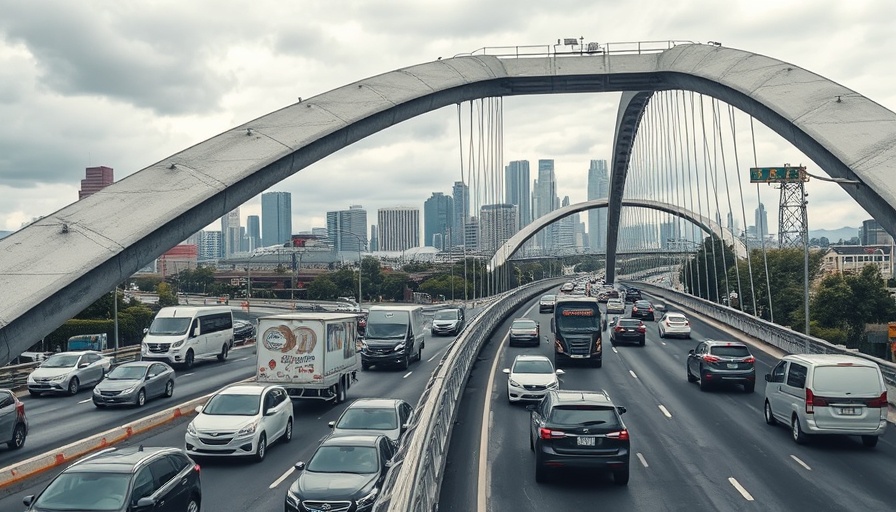
Could Tolls Help Ease Downtown Traffic Congestion?
As traffic congestion continues to plague urban centers across the United States, Los Angeles stands at a crossroads. The city's bustling downtown area frequently experiences gridlock, with commuters and visitors alike facing lengthy delays. The question is, can implementing a toll similar to New York's congestion pricing model help to alleviate this enduring issue? This question isn't just about traffic; it's about redefining urban living and improving quality of life for countless residents.
The Case for Tolls: Lessons from New York City
New York City paved the way as the first American city to implement congestion tolls in 2021, successfully reducing vehicular traffic in the congested Manhattan area while generating crucial revenue for public transportation improvements. The model not only aimed at generating revenue but also sought to change commuter behavior, enticing more individuals to use public transit instead of driving. By introducing a fee for entering the busiest parts of the city, New York has managed to encourage alternatives such as biking and walking, creating a more pedestrian-friendly environment.
Los Angeles, known for its sprawling freeways and car-centric culture, could take notes from this approach. While many residents may be resistant to change, the potential benefits could far outweigh the inconveniences of paying an entry toll.
Understanding the Social and Economic Benefits
Implementing a toll in downtown Los Angeles could lead to significant social and economic benefits. First, the revenue generated from these tolls could be dedicated to improving public transport options, making alternative travel more accessible and efficient. This could directly impact those living in and around Bakersfield, providing them with better commuting options into LA's downtown without the stress of driving.
Furthermore, reduced traffic congestion could lead to cleaner air quality and contribute positively to public health. Research consistently shows that air pollution correlates with respiratory diseases and other health issues. By cutting down on vehicle emissions from idling cars, LA could see healthier communities arise.
Challenges and Counterarguments: What to Consider
While the potential advantages of tolls are significant, there are numerous counterarguments that need to be examined. Many residents fear that tolls would disproportionately affect lower-income individuals who rely on their vehicles for commuting. Critics argue that rather than solving problems, tolls could merely shift the burden of traffic congestion onto those who can't afford to pay.
Moreover, the implementation of such a system would require careful planning and public discourse. Public sentiment would need to be navigated adeptly, as any perceived unfairness could lead to backlash and tensions. The potential for technological hurdles in setting up the tolling infrastructure is also worth recognizing, presenting logistical challenges that must be strategically addressed.
A Future Vision for Traffic Management in Los Angeles
As LA looks to the future—especially with the upcoming 2028 Olympics—strategies for managing and easing traffic congestion will be vital. If cities like New York can serve as testing grounds for innovative urban transportation models, Los Angeles has the potential to emerge as a leader in modern traffic solutions. The concept of congestion pricing should be an open discussion among policymakers, urban planners, and residents alike.
Engaging with the community through surveys and town halls would allow Angelenos to voice their ideas, worries, and needs. Feedback from the public could be invaluable in shaping a tolling system that is fair and effective, driving progress towards a fully integrated public transportation framework.
Taking Action: What Residents Can Do
Ultimately, understanding the implications of toll systems goes beyond the immediate financial aspects. It's about envisioning a future where urban transport is not only efficient but sustainable and community-oriented. Residents of Bakersfield and beyond should stay informed—and involved—by engaging in discussions about traffic policies and potential changes that affect their daily commutes.
As we look to the example set by New York City, it's crucial to assess how similar measures could transform Los Angeles. With appropriate engagement and planning, the introduction of tolls may offer a pathway to a more organized, accessible, and cleaner city for all.
 Add Row
Add Row  Add
Add 



Write A Comment